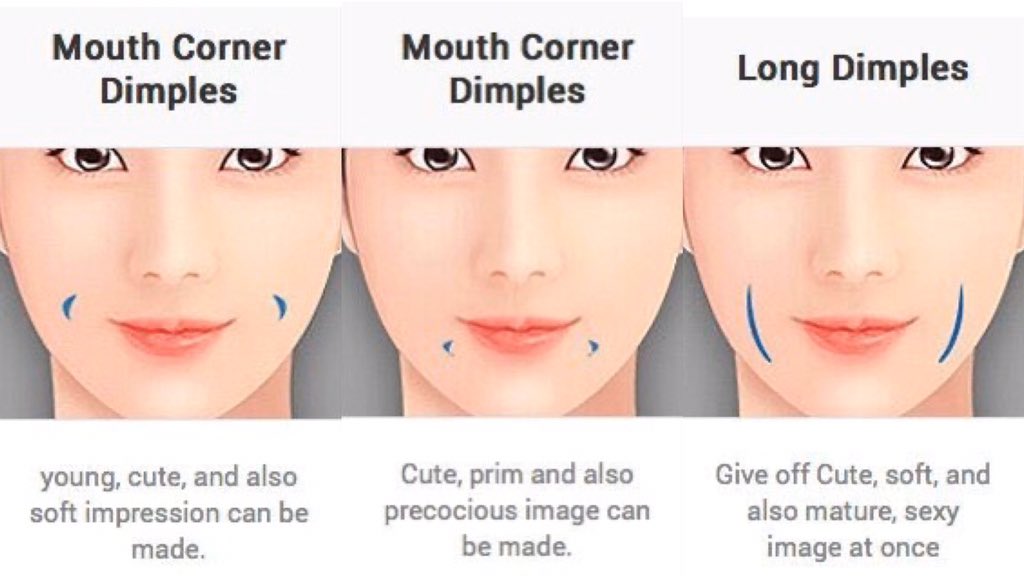All About Dimples: Exploring Different Types Of Dimple Now!
Ever wondered why some smiles seem to light up a room with those charming little indentations? The allure of dimples is undeniable, and understanding their origins reveals a fascinating blend of genetics and muscular dynamics.
Dimples, those captivating indentations that grace the human face, are more than just skin deep. Typically found on the cheeks, chin, and even the back, theyre caused by the intricate interplay of underlying muscles and ligaments. While often celebrated as symbols of youthfulness and approachability, these small features actually come in two distinct forms. Recognizing the nuances between them unlocks a deeper appreciation for the subtle variations that make each face unique.
| Aspect | Permanent Dimples | Transient Dimples |
|---|---|---|
| Definition | Dimples present from birth. | Dimples that appear only during certain facial expressions, like smiling. |
| Cause | Genetic variation affecting the structure of facial muscles (often the zygomaticus major). | Contraction of facial muscles, particularly the zygomaticus major, during smiling. |
| Permanence | Present throughout life. | Temporary; appear and disappear with facial movements. |
| Genetics | Generally considered a dominant genetic trait. | Not directly inherited; related to muscle structure and usage. |
| Medical Significance | Typically no medical significance. | No medical significance. |
| Aesthetic Perception | Widely considered an attractive feature. | Often perceived as cute and adds to the expressiveness of a smile. |
| Artificial Creation | Can be surgically created via dimpleplasty. | Cannot be artificially replicated to be truly transient (surgery can create permanent dimples). |
| Muscle Involvement | Caused by a split or tethering in the zygomaticus major muscle. | Caused by the regular contraction of the zygomaticus major muscle. |
| Age Variation | Remain relatively consistent throughout life. | May become less noticeable with age due to decreased muscle elasticity. |
| Associated Features | May be linked to other genetic facial traits. | Solely related to muscle movement. |
| Cultural Significance | Often seen as a sign of good luck or beauty in various cultures. | Generally associated with a warm and friendly personality. |
| Prevalence | Varies among different populations. | Common in children but can be observed in adults as well. |
| Scientific Study | Subject of genetic research to understand inheritance patterns. | Less studied in terms of genetics, but well-understood in terms of muscle function. |
| Clinical Relevance | Relevant in reconstructive surgeries involving facial muscles. | Not directly relevant in clinical settings unless related to muscle disorders. |
- Alert Ramen Noodles Contamination Risks What You Must Know Now
- Kirsten Storms The Untold Story Of A Daytime Tv Icon

Types of dimples with images Tuko.co.ke

Types Dimples

Dimple surgery Dimple Creation Learn More New York